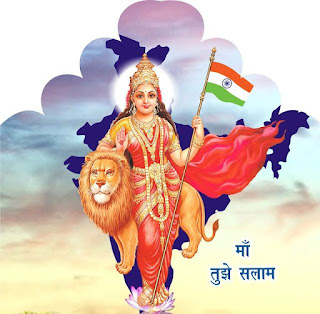Rethinking Indian Higher Education : The Liberal Education turn
The most intriguing - and the most timely - policy pronouncement in India's new education policy is its emphasis on a Liberal Education undergraduate. While this is inspired by the American model (at a time when Americans seem to be going the other way) and also the more recent Chinese example, this cuts against the grain of the structure of Indian higher education.
It will be an exercise of fresh imagination altogether, as what a Liberal Education would mean in context have to be defined from scratch. 'Liberal Arts' may have become a trendy subject area to study in some of the new private universities in India, but its object and structure remain largely undefined (see my earlier post). The high-level policy intention of unveiling a 'Bachelor of Liberal Arts' gives little detail on what this means. And, indeed, the current theocratic mood of Indian politics anticipate this to mean the opposite of 'liberal'; more scholastic and revivalist, but not liberal. And, yet, the policy-makers have put 'liberal education' firmly in the conversation, opening up space for conversation which was hitherto not available.
Those who are not familiar with the intricacies of Indian Higher Education may wonder why this is a big deal, particularly when most Indian undergraduate students study for a Bachelor of Arts. There are two things to be said about this. First, most Indian students with promise are groomed to study for a professional qualification from an early age, which means test prep takes life over as early as Year 8 for most of them. And, second, those who can't pursue this path, mostly women, are delegated into the Bachelor of Arts, which is seen both by them and the rest of the society as a useless degree, a qualification for a middle-class marriage but not much else. Therefore, the intent to position 'Liberal Arts' as the focus of undergraduate education - away from the science/arts/commerce divide - is a big step forward.
There are historical and economic reasons why such a transition is difficult. The modern Indian Higher Education is a colonial legacy, imposed upon the country somewhat reluctantly with the limited intention of producing government employees and professionals such as doctors, engineers and lawyers who can serve the state. The founding assumption of this higher education system was to keep the cultural and moral education outside the scope of higher education. And, as the makers of modern India saw India as a pre-existing and ancient nation, they never really felt the need for 'making' Indians after they made India; instead, they continued the colonial policy of Higher Education to supply the workers and captains of a public-sector driven economy. Therefore, moral, cultural and imaginative education has always sat in the margins of Indian Higher Education system, and never became its object.
Further, when the dreams of the public sector leading the nation-building were discarded and the modern, global market economy was invited in, the strange anomaly of the IT services sector, a byproduct of global supply chain integration and a particular pro-globalisation optimism of the 90s, shaped the directions of private-sector-led growth of Indian higher education. The higher education sector, operating with its long history of producing 'employees', eschewed any ambition for the strategic development of the Indian economy and society; instead, market forces shaped Higher Education as a supply chain of mediocre engineers, with stunted ambition and narrow skills. The temporal success of the IT service sector obscured both the long-term unsustainability of the sector and its negative effects on Indian education as a whole. Only after the music stopped in 2008 and the chill caught on with back-end IT services, India's inability to produce creative thinkers, strategic leaders and original innovators become apparent.
The New Education Policy should be read in this light. In context, it's really saying that India has too many engineers who can't do much; too many MBAs who can't imagine and start a new business; too many graduates whose skill levels are not better than school-leavers. The evidence is stark - unemployment levels and levels of education are positively correlated in India - and the requirement is urgent with an all-too-real competitive threat from China (see my earlier post on Outinventing China). There is no prescription on what should be done and indeed, there is a very real threat that one may seek refuge in the past rather than looking out in the future. But it's significant that the policy is recommending a Liberal Education turn. It's for people like us - with interest in Liberal Education - to participate in the conversation now.







Comments